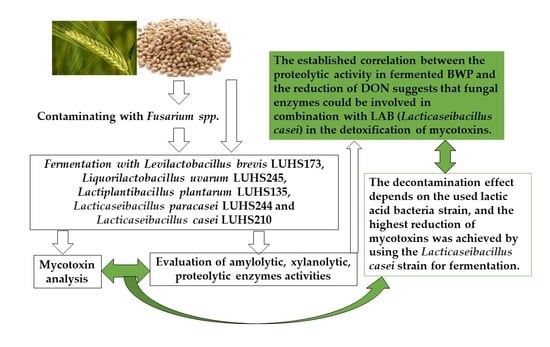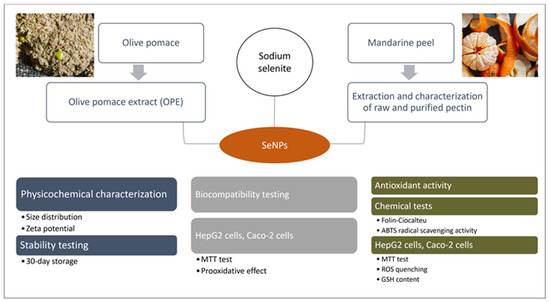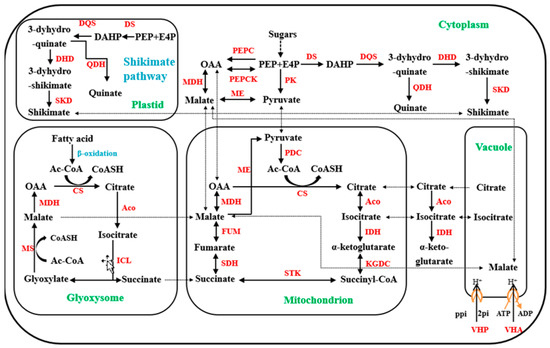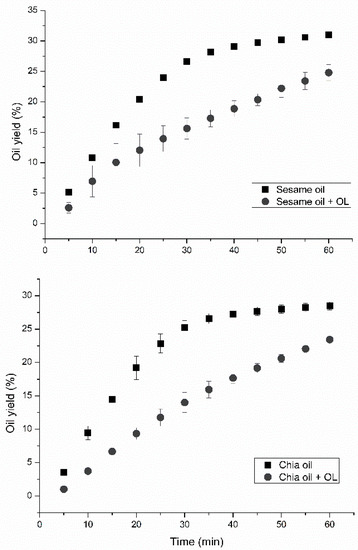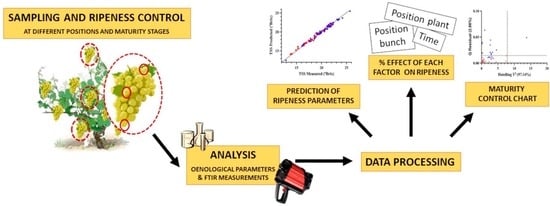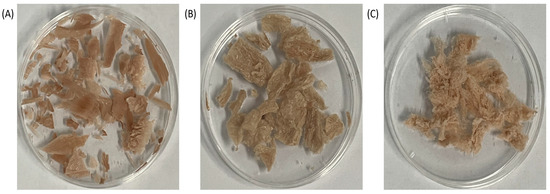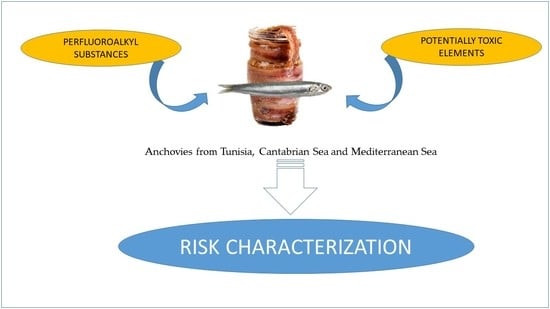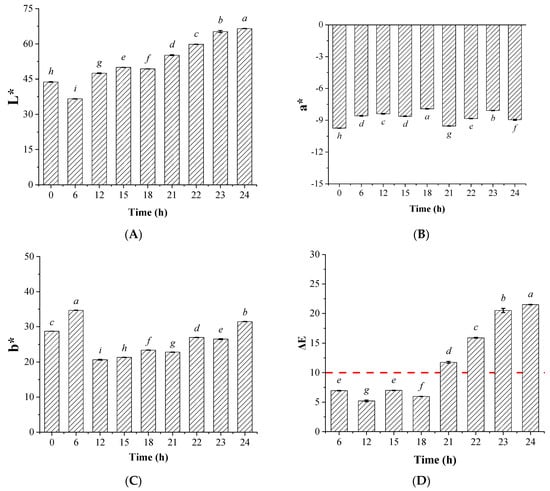Foods 2023, 12(5), 1059; https://doi.org/10.3390/foods12051059 - 2 Mar 2023
Cited by 12 | Viewed by 2612
Abstract
With the aim to study the flavor characteristics of Ningxiang pigs (NX), Duroc (DC) pigs, and their crosses (Duroc × Ningxiang, DN), electronic nose and gas chromatography–mass spectrometry analysis were used to detect the volatile flavor substances in NX, DC, and DN (
[...] Read more.
With the aim to study the flavor characteristics of Ningxiang pigs (NX), Duroc (DC) pigs, and their crosses (Duroc × Ningxiang, DN), electronic nose and gas chromatography–mass spectrometry analysis were used to detect the volatile flavor substances in NX, DC, and DN (n = 34 pigs per population). A total of 120 volatile substances were detected in the three populations, of which 18 substances were common. Aldehydes were the main volatile substances in the three populations. Further analysis revealed that tetradecanal, 2-undecenal, and nonanal were the main aldehyde substances in the three kinds of pork, and the relative content of benzaldehyde in the three populations had significant differences. The flavor substances of DN were similar to that of NX and showed certain heterosis in flavor substances. These results provide a theoretical basis for the study of flavor substances of China local pig breeds and new ideas for pig breeding.
Full article
(This article belongs to the Section Meat)
►
Show Figures




